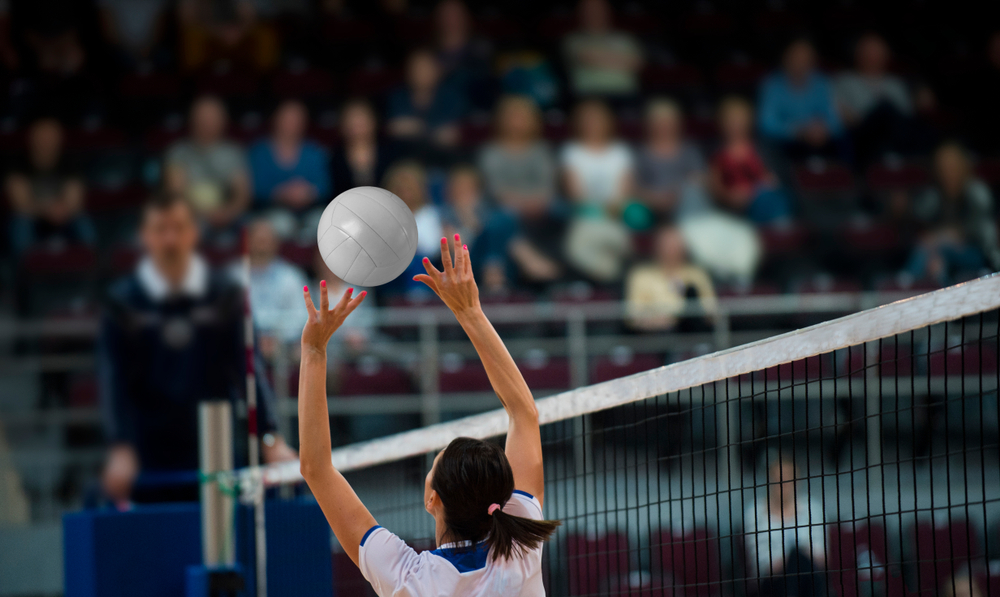Introduction:
Volleyball is a dynamic sport that demands agility, coordination, and teamwork. To excel on the court, players must continuously hone their skills through structured drills and practices. In this guide, we’ll explore a variety of fun and effective volleyball drills and training routines designed to improve players’ fundamentals, enhance team chemistry, and elevate overall performance. Whether you’re a beginner or a seasoned player, these drills will help you take your game to the next level.
1. Passing and Setting Drills:
*Passing and setting are foundational skills in volleyball, forming the backbone of offensive plays.* One effective drill is the “Pepper Drill,” where players pair up and alternate passing and setting the ball back and forth. This drill not only improves accuracy and control but also fosters communication between teammates. Another useful drill is the “Three-Person Passing Drill,” where three players form a triangle and pass the ball to each other in a continuous motion, focusing on quick reactions and precise passes.

2. Serving Drills:
*Consistent and powerful serves can disrupt the opponent’s defense and create scoring opportunities.* The “Target Serving Drill” is a great way to improve serving accuracy. Set up targets on the court and challenge players to hit them consistently. Additionally, the “Serve and Receive” drill simulates game situations by having players alternate between serving and receiving serves, allowing them to practice both offensive and defensive skills.
3. Hitting and Blocking Drills:
*Effective hitting and blocking can turn defense into offense and score crucial points for your team.* The “Hitting Lines Drill” allows players to practice hitting from different positions on the court, emphasizing technique and timing. Pairing hitters with setters in this drill can also enhance connection and coordination between players. For blocking, the “Block and Cover Drill” focuses on proper footwork and timing, with players practicing blocking shots and immediately transitioning to cover the court.
4. Defense and Digging Drills:
*Solid defense and digging skills are essential for keeping rallies alive and frustrating the opposing team.* The “Digging Progression Drill” starts with simple digs close to the net and gradually increases difficulty by moving players farther back and incorporating different angles and speeds. Another effective drill is the “Defense vs. Attackers Drill,” where defenders work on reading hitters’ movements and anticipating shots, while attackers focus on finding the open spots on the court.
5. Team-Building Drills:
*Volleyball is a team sport, and effective teamwork is crucial for success on the court.* Team-building drills such as the “Communication Circle” encourage players to communicate effectively and build trust with their teammates. In this drill, players stand in a circle and pass a ball while calling out each other’s names, promoting clear and concise communication under pressure. Additionally, team scrimmages and mini-games provide opportunities for players to apply their skills in a competitive setting while fostering camaraderie and unity.
6. Conditioning Drills:
*Volleyball is a physically demanding sport that requires players to possess both strength and endurance.* Conditioning drills are essential for improving players’ overall fitness levels and preventing injuries. The “Suicide Drill” is a classic conditioning exercise that involves sprinting to various points on the court and touching the floor before returning to the starting position. Incorporating jump training, such as jump squats and box jumps, can also help players develop explosive power for jumping and spiking. Additionally, agility drills like ladder drills and cone drills enhance players’ footwork and agility, enabling them to move quickly and efficiently on the court.
7. Mental Toughness Training:
*In addition to physical skills, volleyball requires mental toughness and resilience.* Incorporating mental toughness training into practice sessions can help players develop the mental fortitude to overcome challenges and perform under pressure. Visualization exercises, where players visualize themselves executing skills successfully, can boost confidence and reduce anxiety during games. Additionally, practicing mindfulness and relaxation techniques, such as deep breathing and progressive muscle relaxation, can help players stay focused and calm in high-pressure situations. By integrating mental toughness training into their routines, players can develop the mindset needed to excel in competitive volleyball.

Conclusion:
Incorporating a variety of volleyball drills and practices into your training regimen is key to improving individual skills, enhancing team cohesion, and achieving success on the court. Whether focusing on passing, serving, hitting, defense, or teamwork, each drill serves a specific purpose in developing well-rounded players and cohesive teams. By dedicating time and effort to structured training routines, players can elevate their game and compete at their highest level. So gather your teammates, hit the court, and elevate your game with these fun and effective volleyball drills!

